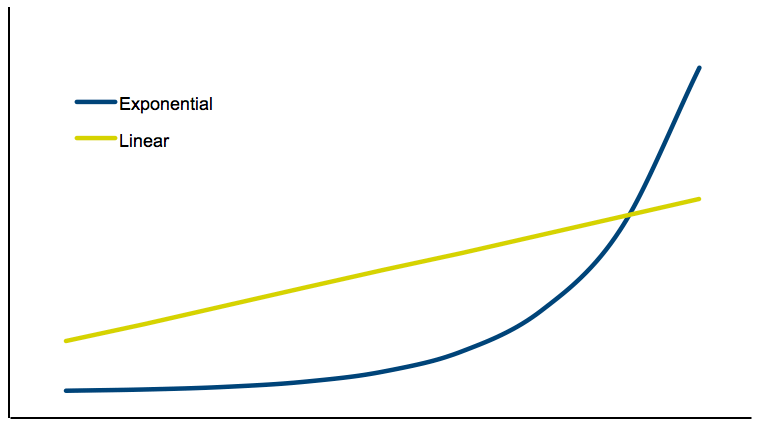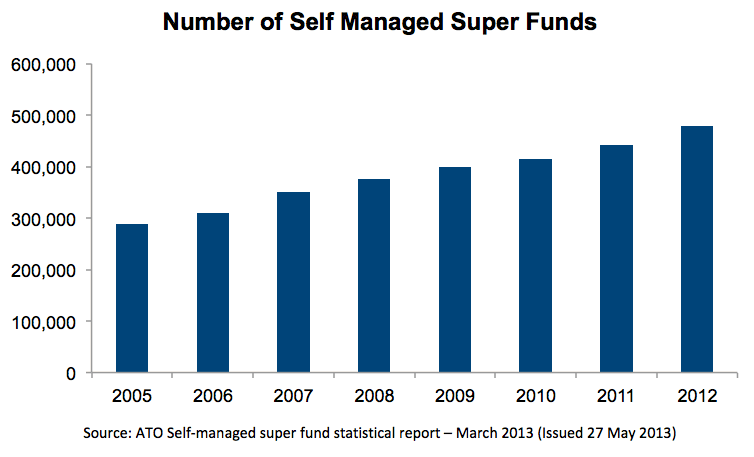Is SMSF growth out of control?
SMSFs and their seemingly ever-increasing popularity are well known. However, the language being used to describe SMSF growth recently seems to have taken on a dramatic tone.
Various commentators and journalists have taken to using the terms “exponential” and “explosive” when describing SMSF growth rates. A lawyer speaking at a recent conference in Brisbane even went as far as describing SMSFs as “growing out of control”.
While all of this dramatic language is certainly creating a lot of debate and discussion in the superannuation industry, we may be reaching a point where perception is starting to separate from reality.
Are current SMSF growth rates really exponential? Do the facts actually agree with the rhetoric?
Technically, exponential growth refers to a variable being repeatedly raised to the power of something. But putting technical definitions aside, most people have an intuitive understanding of what it means to have exponential growth.
Basically, it means that things are increasing in an out-of-control way, like a virus in a horror movie. Plotting the growth of something which is growing exponentially on a graph usually creates the familiar “exponential curve” seen below.

If we now examine the actual growth in the number of SMSFs using data provided by the Australian Taxation Office (ATO), we see that the rate at which people are starting their own funds can hardly be described as exponential. Indeed the figures indicate a steady and predictable rate of growth over a long period of time.

Arguing over whether commentators and journalists are using words that are technically incorrect may seem a bit pedantic; however, there is a larger issue which may be getting missed in all the commotion.
Talking about SMSFs as if the number of people starting them has suddenly and unexpectedly exploded runs the risk of creating the misleading impression that they are simply the latest flavour-of-the-month and will soon fade into obscurity.
This allows participants in the traditional managed fund-driven super sector to be critical of SMSFs, dismissing them as a short-term fad being promoted by self-interested parties.
However, rather than a sudden and dramatic shake-up, the above data suggest that the Australian superannuation sector is going through a steady and fundamental shift. Australians are challenging the traditional model of fund manager-driven super funds and seeking an investor-driven investment structure.
And it’s not just a small number of unusually independent investors doing it. Starting a self-managed fund is starting to be seen as the next logical step for average, mainstream Australians once they’ve built up a reasonable retirement nest egg.
The SPAA/Macquarie SMSF Active Management Report released in July indicated that, in addition to the one million Australians who currently have their own self-managed fund, a further 1.4 million people plan to start their own fund within the next three years.
Whether or not this figure turns out to be accurate remains to be seen. However, one thing is for sure: SMSFs are now a permanent and integral part of the Australian superannuation landscape. Investors have realised that they can take direct control of their retirement savings and engage with advisers and fund managers on their own terms.
The genie is out of the bottle and no amount of colourful language is going to put it back in.
David Barrett, principal consultant, portfolio solutions, Bravura Solutions







